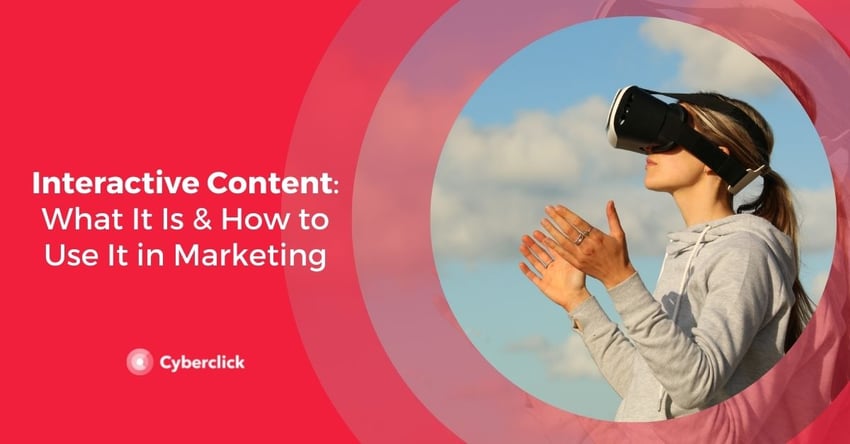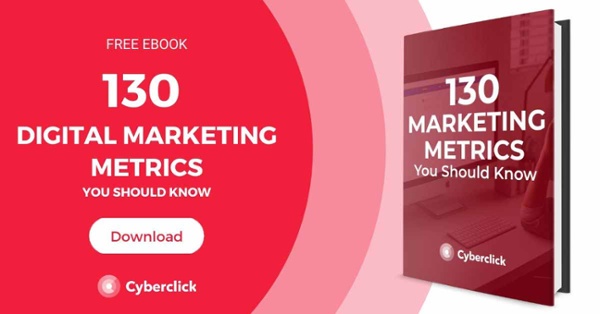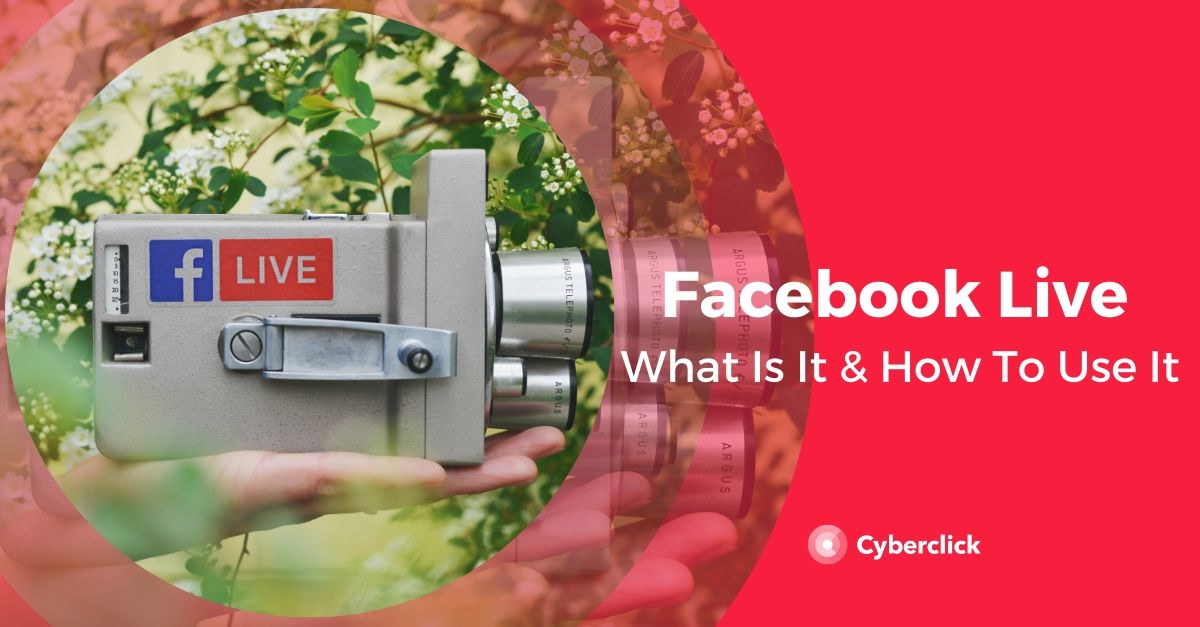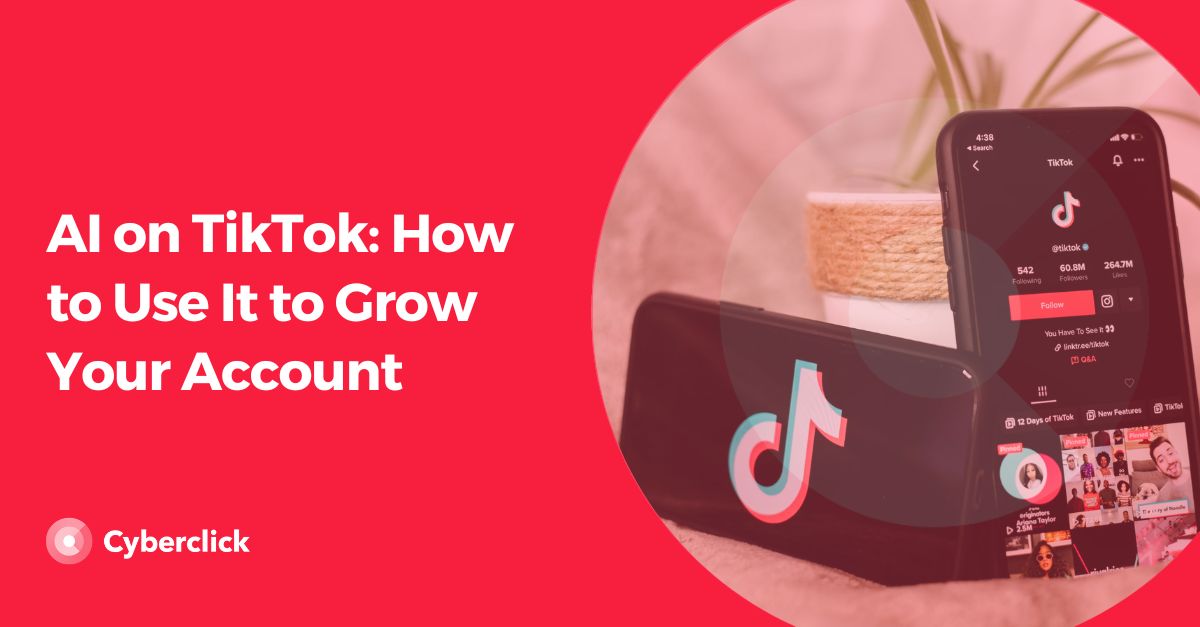Content marketing is one of the most used resources in the field of digital marketing. However, because there are countless brands creating content, this has led to a high level of saturation and most of them go unnoticed.
How can you gain (or regain) the attention of users and stand out from the crowd? Digital interactive content can be a good way to do this, so read on to find out what it is, the benefits it can bring to your brand, and the formats that work best.

What Is Interactive Content?
Interactive content is content that allows the user to explore the information presented, interact with it, and even find different ways of doing this.
Interactive content can bring several benefits to your brand such as the following:
-
More engagement. By creating interactive content, you make it easier for the audience to play with it and explore it in different ways, leading to personalized results. This is an extra incentive for users to consume your content because it makes the content more enjoyable and increases subsequent brand recall.
-
Differentiation. As mentioned, many brands participate in some form of content marketing. Offering an interactive experience is a great differentiating factor, which helps you create more value than the competition and increase the attention your marketing gets.
-
Capture data about the target audience. With interactive digital content, you can measure each audience member's reactions and know which options they choose most frequently. Since this content is dynamic, you can even personalize the user journey based on users' responses. All of this allows you to get real-time feedback that helps you understand your target audience much better.
-
More qualified leads. Interactive content helps capture more leads as you invite users to discover your brand. At the same time, the user's reactions to the interactive experience provide a lot of information about their behaviors and preferences. The result is that you will know more about your users and this makes it easier to implement lead scoring and lead nurturing strategies.
7 Types of Interactive Content That Work
1. Interactive Infographics
According to Single Grain, 40.2% of marketers say that infographics are the best visual format for engaging with audiences. This beats videos, presentations, and data visualization.
Infographics have been one of the top formats in content marketing for years, but as with any type of content that becomes popular, the competition is very high.
Adding interactive elements to infographics helps attract attention and encourages users to explore the data and share the results. In addition, by having to actively engage, users remember the information better, making this a very useful resource for educating your target audience.
2. Interactive Videos
Video is a highly immersive format, making it ideal for sharing information and provoking emotions. Interactive video goes one step further by allowing viewers to choose their own adventure and have a unique experience. According to Wyzol, 21% of marketers using video planned to add interactive video to their strategy by 2020.
One of the best early examples of this format was Tipp-Ex's famous "A hunter shoots a bear" campaign, where users could type in what they wanted the hunter to do to discover a variety of different endings.
3. Interactive Calculators
An interactive calculator is a tool that can be used at any point in a buyer’s journey and it can help move people along the sales funnel. It also provides value for both the brand and the user. The user can have their questions answered by entering their data into the calculator and the brand not only provides answers and establishes itself as an expert in its field, but also gains data on users.
These calculators require a minimum investment of time and effort from the user, but in return they offer a lot of useful information. For example, in the banking sector, mortgage calculators are very common. These allow the user calculate the down payment and the monthly payment on their property and can encouraged people to request more information from their bank.
4. Questionnaires and Quizzes
In interactive questionnaires and quizzes, users answer a series of questions (which can change depending on their previous answers) and at the end, they receive a personalized response according to the preferences they indicated.
Questionnaires or quizzes can be adapted to all kinds of topics, from finding out the user's investment risk profile to finding the meme that best represents him or her. This type of content that is usually very attractive to users and can go viral as people share their results and encourage others to participate. This content also provides a lot of data to the brand.
5. Interactive Emails
Email marketing has had great results in content marketing for decades thanks to its great ability to adapt to the times. Of course, this includes incorporating interactive digital content.
Email is a unique channel of communication because it allows you to reach users individually with highly personalized messages. There are many ways to enrich your emails with interactive content like videos, surveys, graphics, navigation menus, and even games. According to Campaign Monitor, incorporating interactive content into emails increases open rates by up to 73% and CTR by up to 300%.
6. Product Recommendations
Recommendation engines use algorithms to filter user data and offer the most suitable products to each user based on their patterns of consumption. In recent years, these have become an essential resource in ecommerce.
To further personalize recommendations and increase interaction, you can add in a questionnaire. This way, you can find out how the user's needs fit with what your brand offers and give recommendations tailored to each person.
7. Augmented Reality
Another trend that has gained ground in the world of digital interactive content is augmented reality, which incorporates virtual elements into the real world. This concept became famous with the advent of the game Pokémon GO, however, its applications in marketing go far beyond that. From seeing how the furniture you want to buy looks in your living room to trying on clothes and sunglasses without leaving your home, the possibilities of augmented reality are endless.






Leave your comment and join the conversation